The present book on Harappan terracotta documents rare figurines in the collection of the National Museum, New Delhi. Beginning with an introduction to the Harappan civilization. The next chapter introduces the Harappan terracottas, its technique of making, colour treatment and method of firing etc. The third chapter describes the male terracotta figurines and the fourth chapter is on female terracotta figurines. The study shows that the female figurines outnumber the male figurines and on this basis it could be concluded that the Harappan society was matriarchal. The femal figurines have thin waists, broad-hips with a loincloth and girdle and are adorned with a series of necklaces and head-ornaments. The over-ornamented female figurines, which were found at places of worship, were regarded as Mother-Goddesses. The subsequent chapters deal with the animal and bird figurines. Among the terracotta animal figurines bull is predominant. The bulls without hump from Mohenjodaro and Kalibangan, the bulls with moveable head from Mohenjodaro and Lothal and unicorns from Chanhudaro are of special attraction. The birds include figurines like man holding a duck, mythical bird with wheel, bird in cage, peacocks and hens, which are of unique artistic value. Under Chapter VI A and VI B are given the list of terracotta from the sites in Pakistan and India respectively.
ABOUT THE AUTHOR Deo Prakash Sharma
Deo Prakash Sharma is an Art Historian, Museologist and field Archaeologist participated in the excavations at Pangoraria, Mansar, Narmada Valley, Bhimbetka Chopani - Mando, Mehagarha, Koldihwa, Mahadaha, Sringaverpura and Bharadvaj Ashram. Besides, he did extensive exploration in the districts of Fatehpur, Pratapgarh and Allahabad in U.P. and in Sehor District in Madhya Pradesh. Anopther significant contribution of the author is the discovery of Menander (Posthumous) Brahmi inscription from Reh. During 1983-84 he was awarded Commonwealth scholarship and he meritoriously qualified M.A. (Archaeology) with specialization in Palaeolithic Archaeology of the world and Pre-history of South East Asia and Australia from the Institute of Archaeology, London. He participated in the excavations at Sussex under the team of Archaeologists of Institute of Archaeology, London and at Pincentvetn (France) under Prof. Gaurhan and Mark Newcomer, both world famous Rock-art specialist. In 1985 he joined as Dy. Keeper, Pre-History and Archaeology at National Museum, New Delhi. In 1993 he was promoted as Keeper Education in National Museum. At present he is the Head of the Harappan, Pre and Proto-history and Early Archaeology collection at National Museum, New Delhi. The author has published 122 papers and ten books of which a few are listed here, Early Buddhist Metal Images of South Asia; Indus script on its way to Decipherment; Harappan Seals, Sealings and Copper Tables; Harappan Art Vol. I; Harappan Terracottas; Harappan Jewellery; Pre-historic Indian and South East Asia (Press) and Harappan Archaeology (Press) and Archaeology of Lower doab.

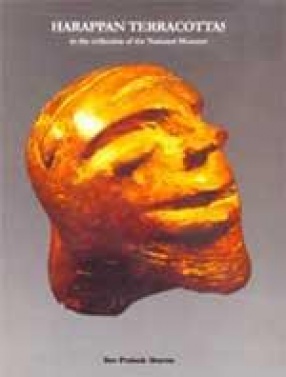
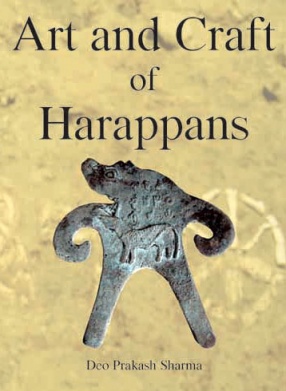
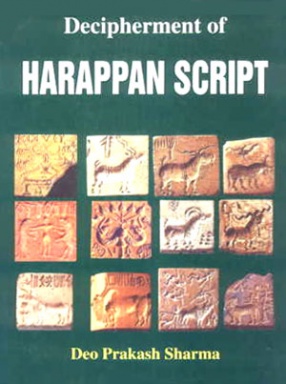
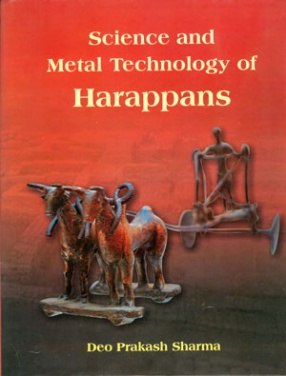
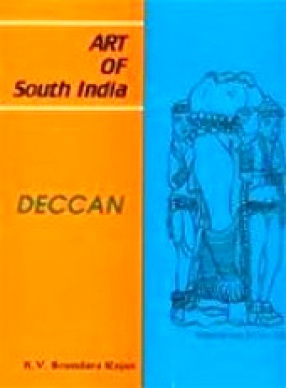


There are no reviews yet.